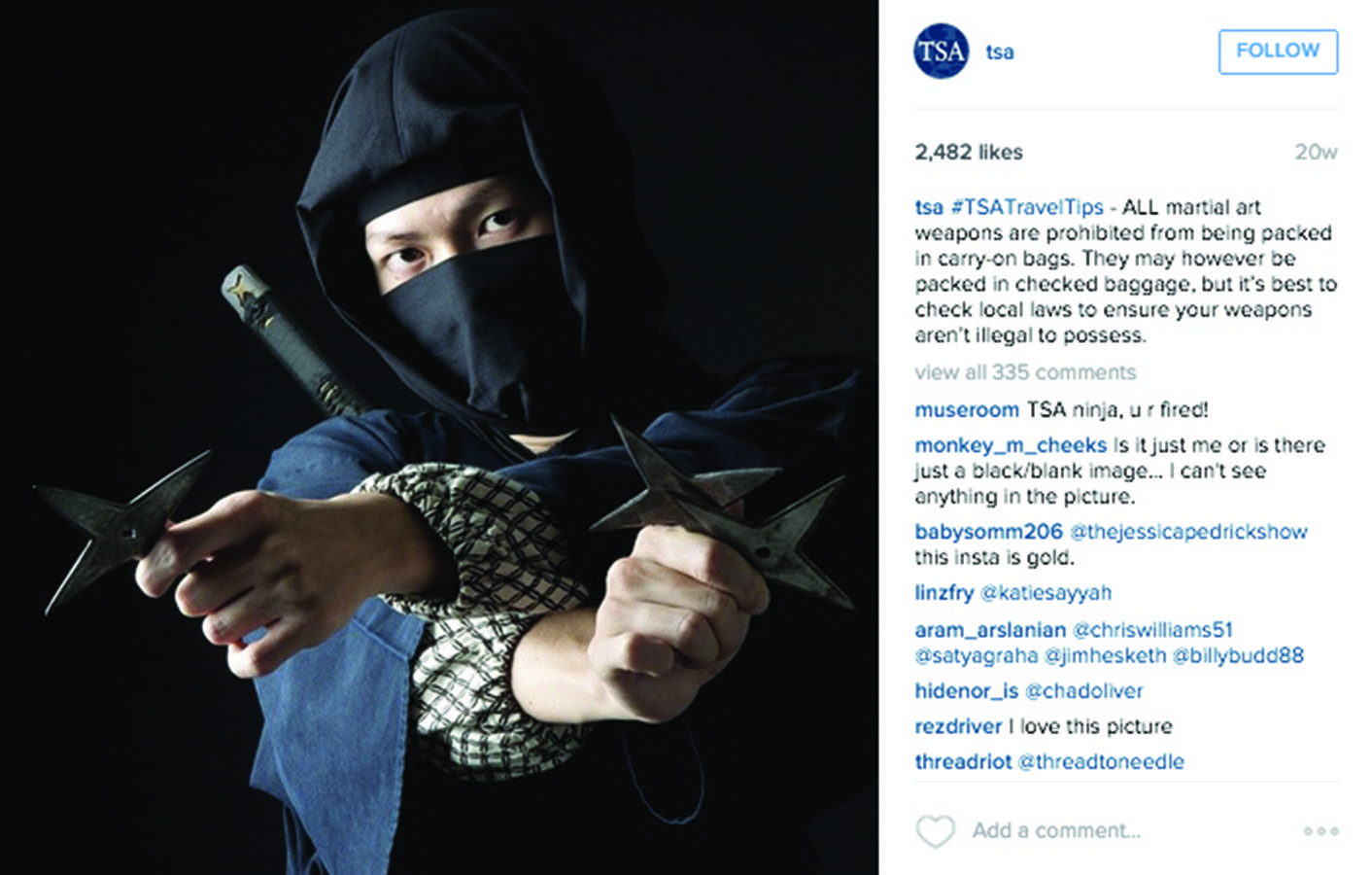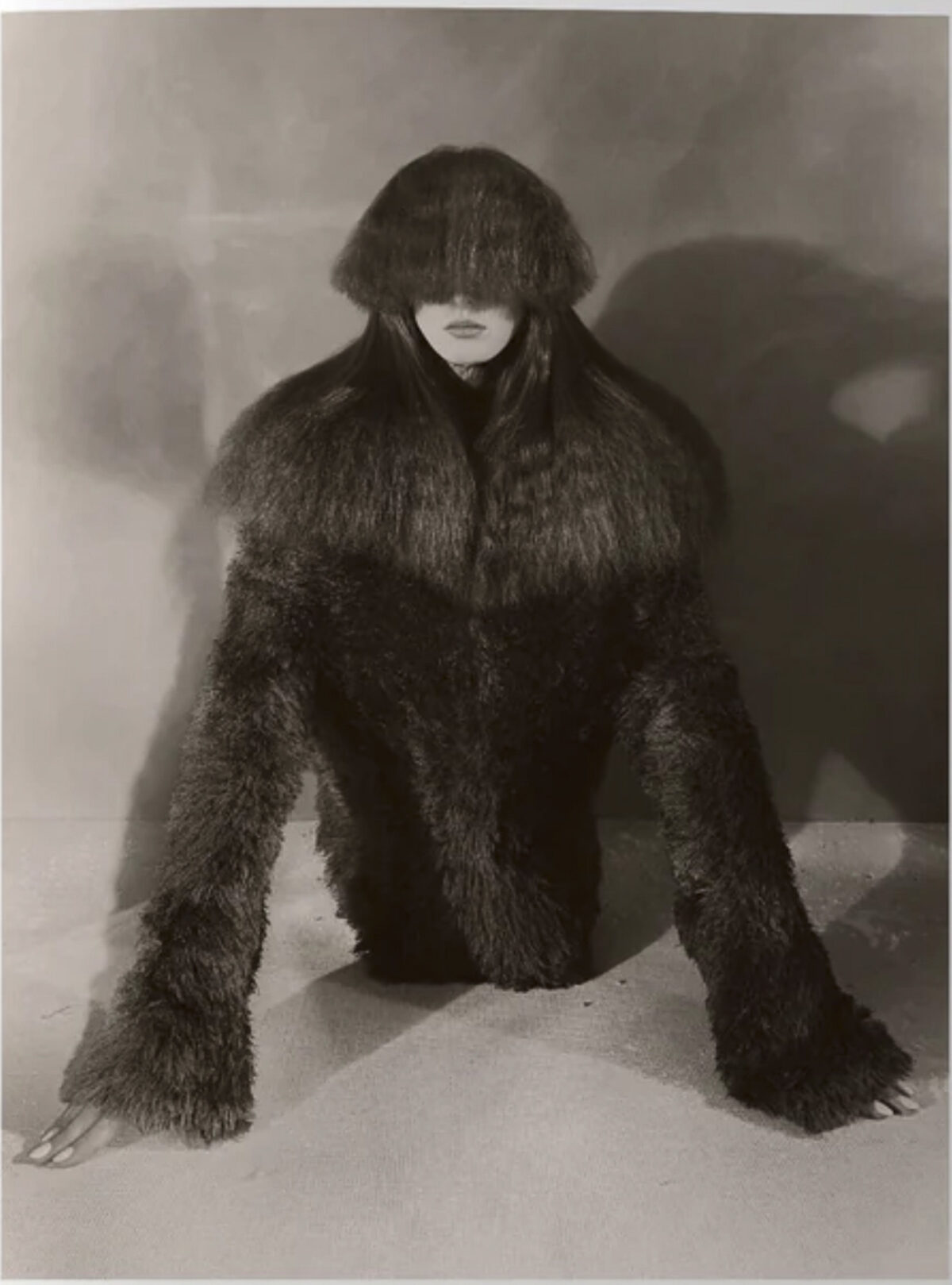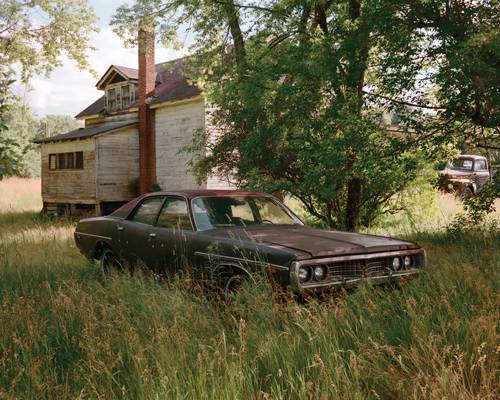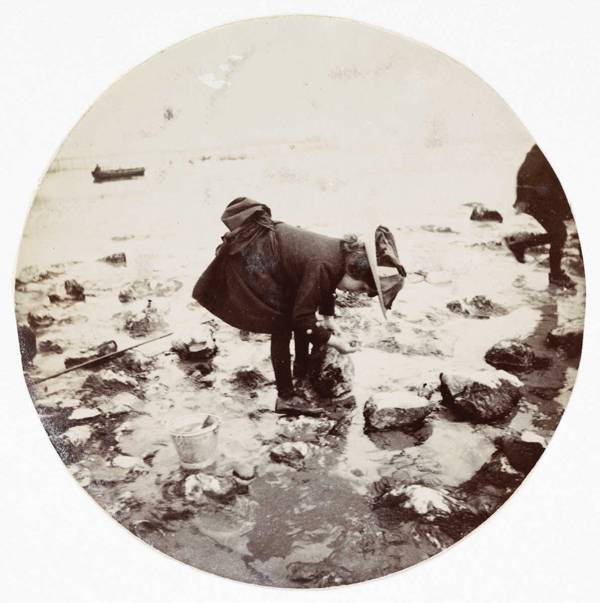Photographs have always added to a greater understanding of the world around us. Photo archives chronicle both our historical development as well as the medium’s role in contemporary life. The rich variety of roles played by archives include large-scale cultural examinations and intimate personal projects. Here we look at the ways modern technology has expanded and rejuvenated the archive.
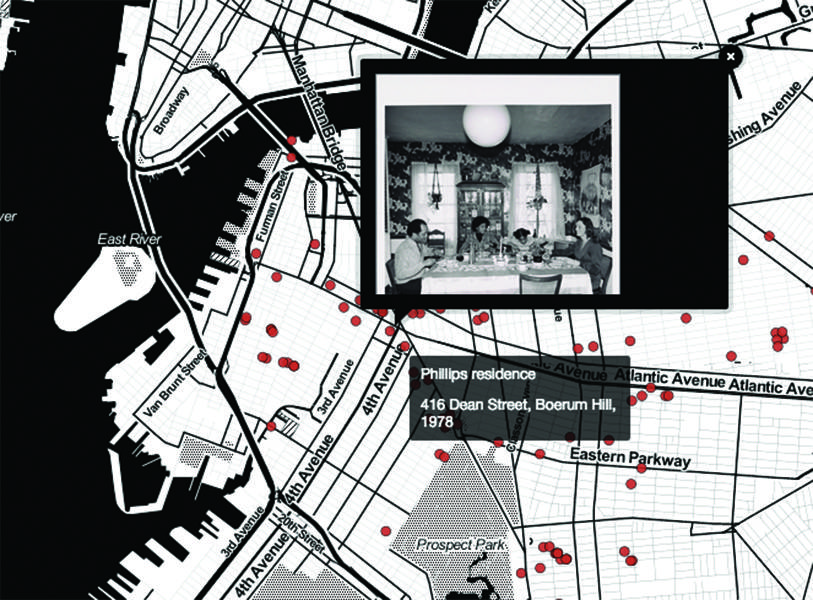

PHOTO GEOGRAPHIES
The New York Public Library houses more than half-a-million photographs. Now, these images are widely accessible through their website Photo Geographies. Within the database, Dinanda Nooney’s project At Home in Brooklyn looks at the structures and lives of residents of NYC in the 1970s. Nooney went door-to-door photographing the spaces and personal stories of hundreds of Brooklyn residents. NYPL displays the project through an interactive map, charting the path and subjects of each photograph. Users are able to navigate and interact with NYPL’s archives and in effect map the artist’s physical process. Clicking each pin will bring you the image that was taken in that location, alongside historical background and the location’s present-day context.
Certainly an underdog in the world of social media, the Transportation Security Administration is nonetheless responsible for some of the most intriguing content on Instagram. The TSA shares its weird and lethal finds, and it’s unclear if its celebrity-level success is due to an innocent effort to inform the public, or its subtly embedded humor. Regardless, the result is addicting. A daily, live update of contraband stopped in its tracks could be misinterpreted as another example of scare tactics, but the occasional tongue-in-cheek captions prevent the posts from feeling one-note.


LEGACY
via @analogmichelle / michellechandra.com
Michelle Chandra’s web project Legacy is an archival exploration of her grandfather’s photo-collection. She marries shots taken by her grandfather in the early ‘50s to multiple images of the same subjects sourced from a live update of present-day images on the Internet. Chandra’s thoughtful organization of today’s abundance of images transforms an archive that might otherwise grow stale and forgotten, giving birth to a living, breathing history of the photographic medium and society’s love affair with it.
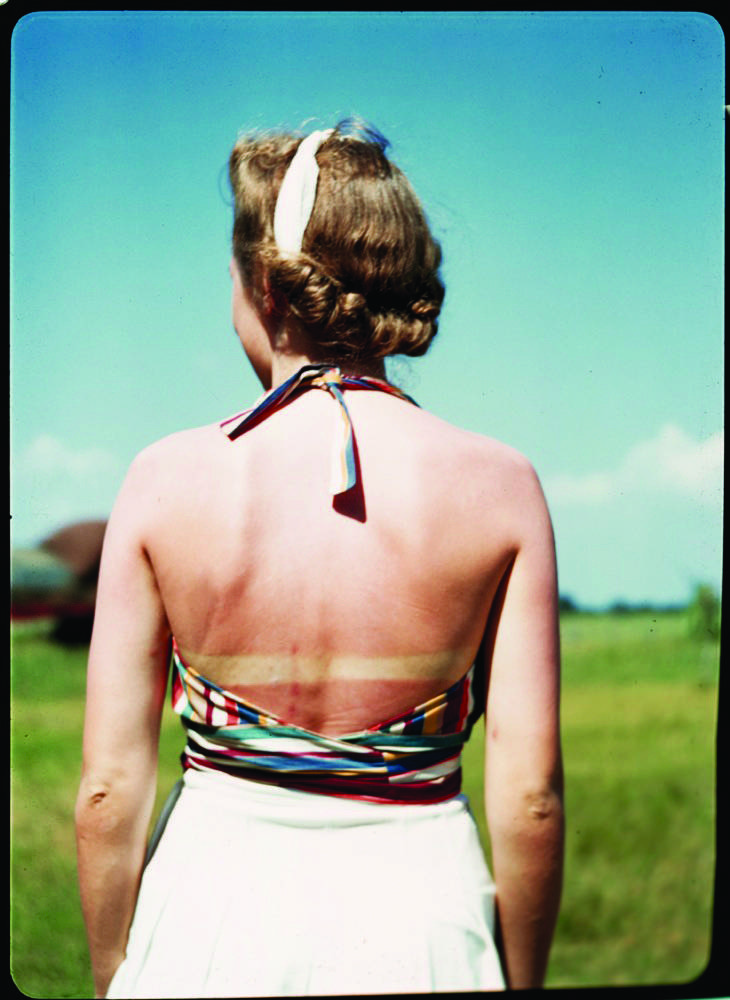

via @salacuse / negativecollection.bigcartel.com
When Matthew Salacuse isn’t shooting celebrities or high-profile commercial spreads, he spends his time hunting through flea markets, auctions, and thrift stores for forgotten images. Taking the found slides and negatives, he prints them and sells them on his website. “Negative Collection” is a beautiful pun, not only referring to the image’s physical origins but also alluding to what it means to be discarded. These images, wherever or whoever they came from, were edited out, creating negative space in a project or documentation of an event. A personal collection with an larger archive of “nos.”
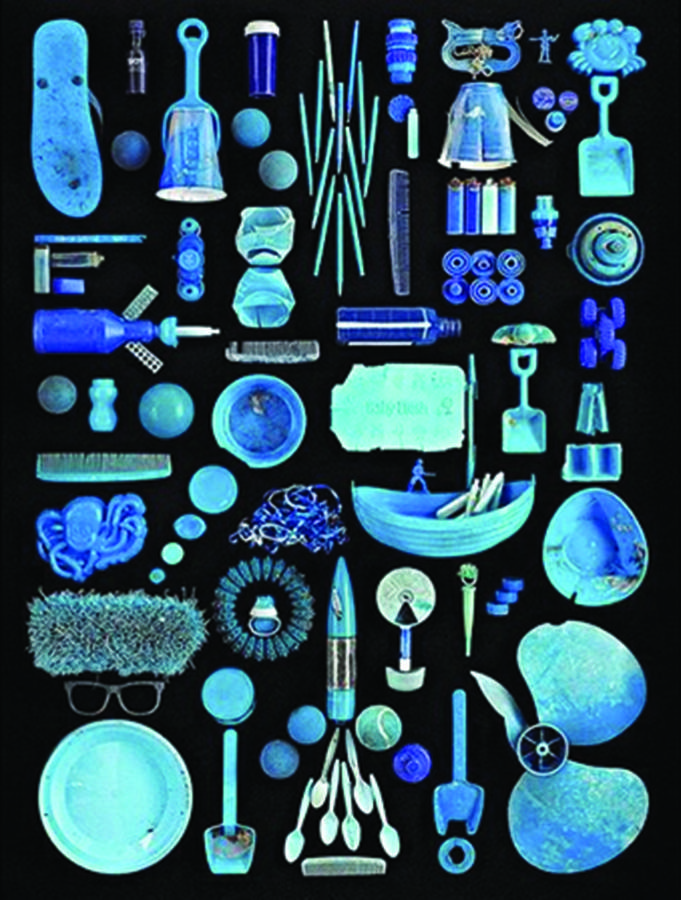

THINGS ORGANIZED NEATLY
via @Instagram / thingsorganizedneatly.tumblr.com
Photographer, artist, and avid collector Austin Radcliffe has spent years carefully curating objects and images into beautiful vignettes. It makes perfect sense that grids, rows, and columns would evoke visceral pleasure, particularly in today’s image climate. Feeling like we’re drowning in imagery makes a single delicately balanced and staged picture feel oh-so-good. This casual obsession with what Radcliffe refers to as “organization porn” has evolved into a web-based community of the like-minded. Images featured combine Radcliffe’s own pursuits as well as submissions he’s received from followers and friends. An organization of organizers and the things they’ve organized.
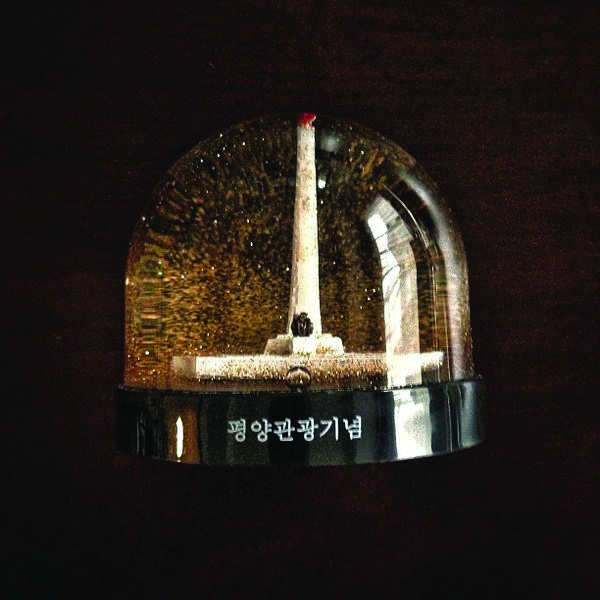

NORTH KOREAN ARTIFACTS
via @nytimes / @dguttenfelder
Since 2000 David Guttenfelder has traveled to North Korea more than 40 times. On each trip he has collected and photographed everyday objects. This ongoing series can be found sprinkled throughout his Instagram and was recently curated in a more polished form on the New York Times website. The result is an elegant, interactive window into the personal and idiosyncratic side of a professional photographer.

